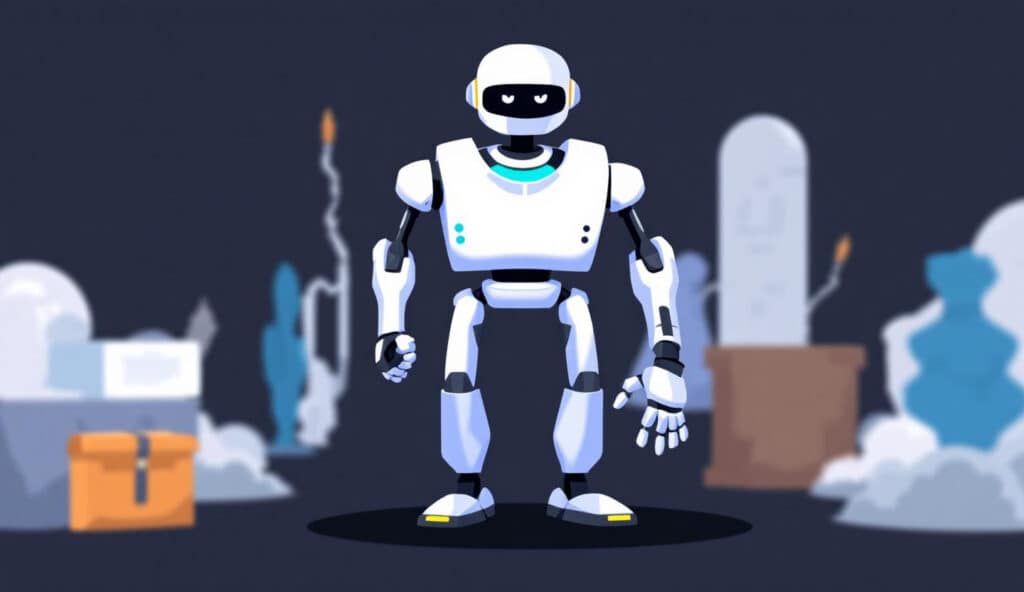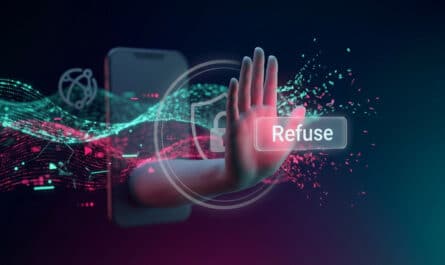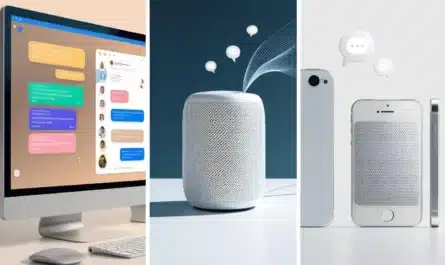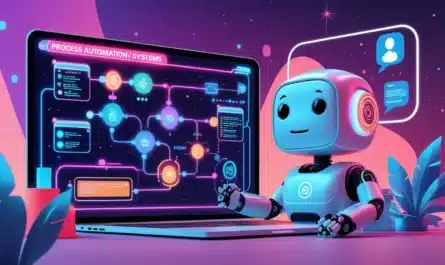The emergence of ChatGPT has revolutionized professional writing practices. One of the areas where this evolution is most evident is in cover letters. Writing this type of document requires clarity, structure and the ability to convince quickly.
Faced with these demands, many candidates turn to artificial intelligence for help. When used rigorously, ChatGPT can produce well-formulated texts, adapted to the context and the targeted position. The key is to ask the right questions. The following provides precise answers to the most frequently asked questions, illustrated by concrete examples and well-defined uses.
Can ChatGPT write an effective cover letter?
ChatGPT can generate a complete cover letter if care is taken to provide clear, structured and sufficiently precise elements. The user must indicate the target position, the company concerned, his or her career path, specific skills and personal motivations. Without this information, the letter remains superficial and interchangeable.
The template produced by ChatGPT respects the classic structure of a business letter: header with contact details, concise subject line, introduction, development paragraphs focusing on the candidate’s qualities and experience, and closing with an availability formula. The tool also adapts the tone of the text: formal, dynamic, sober or warmer, depending on the instructions provided.
Let’s take a concrete example:
“ Write a cover letter for the position of community manager at ARTE with my experience in community management, my commitment to culture and my desire to join a creative team. “
With this prompt, ChatGPT produces a coherent text, adapted to a cultural context, highlighting the candidate’s interpersonal skills and integrating a personal dimension.
Example of a good letter (excerpt):
Dear Sir/Madam,
I’m currently studying for a marketing degree at XYZ University, and would love to join your company as a marketing assistant. Passionate about digital communication, I’m convinced that my skills in SEO and social networks would be an asset to your team.
Available from September, I’ll be delighted to actively contribute to your innovative projects.
How do I know if a cover letter has been generated by ChatGPT?
Some recruiters wonder about the origin of the applications they receive. A letter with no asperity, too balanced, with smooth turns of phrase and no trace of individuality sometimes raises doubts. Today, there are tools capable ofanalyzing writing style to determine whether content comes from an artificial intelligence.
Winston AI, for example, offers a detailed analysis based on a simple cut-and-paste of the text. The tool assigns a probability score of human or AI origin, based on criteria such as repetitive syntactic structures, lack of concrete references or use of boilerplate formulations.
Letters generated without personalization often reveal certain flaws:
- Absence of anecdotes or elements directly related to the target company.
- A string of qualities without proof or illustration.
- Too frequent use of generic formulations: “dynamic”, “motivated”, “passionate”, without context.
A trained recruiter can pick up on these clues, even without an automatic analysis tool. This shows the value of manually reworking any generated text to inject a personal touch, an authentic detail, or a sentence reflecting a thought of one’s own.
Can ChatGPT be used to write a reference letter?
Artificial intelligence is not limited to cover letters. ChatGPT can also produce a letter of recommendation or a letter of reference on request. These too follow a logical structure: presentation of the link between the signatory and the person recommended, description of the qualities observed, and overall assessment. They should be factual, concise and highlight relevant professional traits.
Simply enter :
- Type of relationship: hierarchical, academic, collaborative…
- Qualities or skills to emphasize.
- Work or mission context.
- Intended use of the letter: employment, training, internal promotion…
Example of a prompt used to generate a letter of recommendation :
” Writes a letter of recommendation for a colleague, Tom Holland, demonstrating excellent team management and problem-solving skills in the marketing sector at XYZ Company. “
ChatGPT then generates a coherent letter, highlighting human and technical qualities, and presenting the recommended person as a reliable asset in a professional environment.

Which artificial intelligence should I use to write a cover letter?
Although ChatGPT remains the best-known tool, other platforms also exploit artificial intelligence to generate cover letters, each with its own characteristics. Some solutions directly integrate job description analysis modules, offer interactive templates, or optimize the letter to pass automated sorting systems (ATS).
Here are a few popular platforms:
- ChatGPT (OpenAI): accessible, flexible and available free of charge in its basic versions. Allows advanced customization, provided you are precise in your prompts.
- GenLetter: offers letters calibrated for different types of applications. The tool analyzes the job description to orient the generated text.
- JobCopilot: specialized in application optimization, it automatically structures content to meet recruiters’ expectations.
- CVcrea or ResumeMaker: geared more towards CVs, these services also offer modules for writing personalized letters.
- Canva: although it’s not a pure text generator, it offers attractive letter templates, and incorporates artificial intelligence to help you write.
The choice depends on your specific needs. Some will prefer the flexibility of ChatGPT, which allows free rewriting, while others will be looking for a turnkey tool that delivers fast results with little manual input. But all these tools share one requirement: the more precise the subject matter, the more coherent and relevant the text produced.
The generation of text by AI inevitably raises the question of content traceability. Even if tools like ChatGPT can write in a fluid, natural way, certain stylistic markers give rise to suspicions of artificial origin. However, with a well thought-out prompt, a text that has been proofread, corrected and sometimes manually enriched, content becomes difficult to distinguish from a human production. The key factor is always the degree of personalization.
A candidate who takes the time to reread, to modify certain sentences, to replace a term that is too vague, manages to produce a cover letter that is as authentic as if he or she had written it alone. On the other hand, a user who simply cuts and pastes is likely to be quickly exposed.
How do I use ChatGPT to write a job application?
A complete application includes several elements: CV, cover letter, sometimes a contact email or application form. ChatGPT can help formulate each part, provided the user prepares the content in advance. You can’t generate a good CV without information about previous positions. You can’t write a targeted letter without knowing the industry. And you can’t produce a motivational e-mail without defining a clear message.
Let’s take an example: a young graduate wants to apply for a position with a humanitarian NGO. He has a master’s degree in international relations, volunteer experience and speaks three languages. His instructions might be:
” Write a cover letter for a position as field coordinator in a humanitarian NGO. I have a master’s degree in international relations, have worked on a food aid project in Lebanon and am fluent in English, Arabic and French. “
This prompt enables ChatGPT to produce a coherent, well-focused letter that highlights the right elements. But if that person simply writes “make a letter for an NGO”, the response will be unhelpful, too vague, and difficult to exploit.

What’s the best prompt on ChatGPT for writing a cover letter?
A good prompt rests on four pillars: target, context, skills, and style. If these elements are present in the prompt, ChatGPT can produce compelling content.
Here’s an example of an effective prompt:
“ I’m applying for the position of Financial Analyst at Deloitte. I have three years’ experience in auditing, a master’s degree in finance from ESCP, and would like to join a demanding, international structure. Write a professional and concise cover letter, with a dynamic introduction. “
This type of prompt helps to frame the letter, give meaning to each paragraph, and avoid hollow formulations. The tool can even incorporate references to recent company projects, provided they are mentioned in the prompt. The more documented the prompt, the more precise the resulting text will be.






